At a recent Architecture on Stage talk at the Barbican, Jay Gort and Fiona Scott reflected on the questions that have shaped their practice over the past eighteen years – from adapting existing buildings to rethinking architecture’s environmental responsibilities. Oriana Fernandez explores how their work resists easy answers while engaging directly with the complexities of place
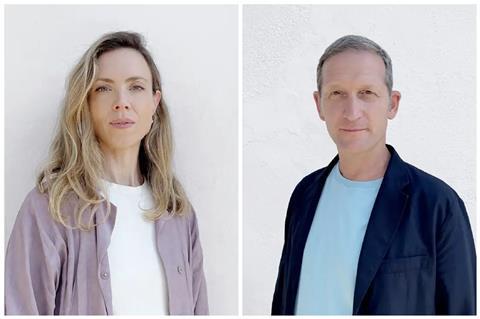
Jay Gort and Fiona Scott of London-based Gort Scott Architects delivered an illuminating presentation earlier this year as part of the Architecture Foundation’s ‘Architecture on Stage’ series at the Barbican. The founding partners shared insights from their eighteen-year practice through a series of thought-provoking questions that have guided their approach.
Founded in 2007, Gort Scott tackles everything from council housing to university buildings. Chairing the discussion, Ellis Woodman noted the unusual range and remarked that few practices of comparable scale in London manage to sustain such diversity of work.
Gort and Scott’s presentation jumped between project types with a shared sensibility about place. This variety makes them interesting, but raises a question: can a practice truly master so many building types when technical requirements keep getting more specialised? The diversity strategy seems risky, but eighteen years in, something is clearly working for them.
Gort and Scott opened their presentation with gorgeous hand-drawn studies of London’s urban blocks - early work they had undertaken for Design for London. Too many architects barricade themselves inside the bubble of their designed utopias, forgetting the messy world their buildings must actually inhabit. But these sketches captured the realities of street life and built form with remarkable detail. Fiona Scott called them places “where so many of the needs and purposes of the city co-exist.”
Golden toilets and grand plans
Jay Gort got a laugh describing their first public project, a gold-mesh toilet block near Wembley Stadium that became, surprisingly, “one of our most internationally renowned projects.” This little pavilion, built more cost-effectively than some off-the-shelf modular options, showed early on that they could make something special from the most ordinary brief.
I kept thinking about the jump from toilets to their current big urban projects. The skills seemed transferable, but they never quite explained how they made that leap, nor how they maintain the same careful attention to detail across such different scales.
Reviving real places
Their Central Parade project in Walthamstow turned gloomy council offices with “no relationship with the street” into lively spaces with bakeries, workshops and studios. It demonstrated that they really know how to breathe new life into tired buildings.
But at Oxford Covered Market, Scott admitted “when we leave this project, you might not have really noticed what we’ve done as architects.” This soft-touch approach works for the building, but makes me wonder: must good architects sometimes make themselves invisible? There’s something admirable about this humility, especially when so many architects want to leave their mark regardless of the building’s needs.
To build or not to build
“Should we be building at all?” This question tackled carbon head-on. Gort noted that “25% of the amount of carbon we use in the UK is spent on building new buildings.”
He shared a story about a Walthamstow magistrates’ court they tried to save. The practice nearly “got kicked off the project” for pushing too hard against demolition. That honest admission showed the limits of architectural influence when money and politics come into play. Few architects admit these challenges so openly.
However, the climate discussion lacked specific metrics on their carbon reduction strategies, and while the practice has clear priorities, I was less certain that they had fully formalised their approach to measuring environmental impact across projects.
Old bricks, new tricks
“Can we be bold and contextual?” was another question guiding the practice’s approach. The Gateway West office at White City answered this with sculptural brick forms and varied textures.
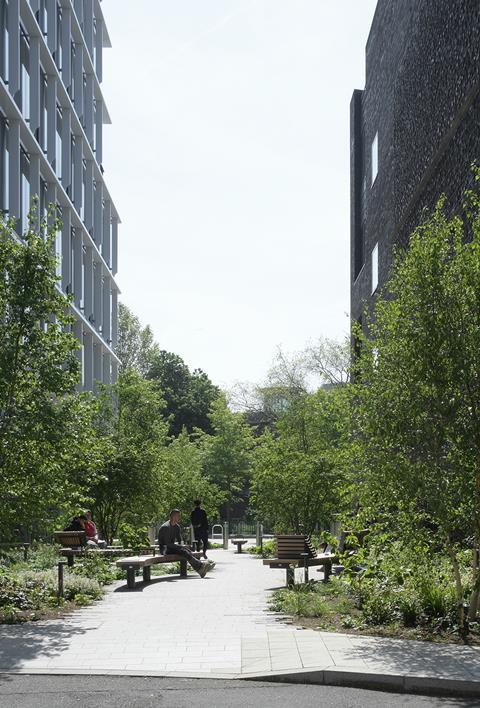
Their competition-winning Girton College Cambridge project extends Alfred Waterhouse’s architecture beautifully. But Woodman challenged them about a “consensus” in London architecture, with its reliance on brick and historical references. Gort replied practically that “with the budget you’ve got, a brick will last,” but dodged bigger questions about architectural diversity.
This brick fixation runs through much of London’s recent architecture. Gort Scott do it well, but I wonder if they are playing too safe. Their Girton scheme shows real finesse in traditional materials, but perhaps misses opportunities for material innovation.
Canadian rocks
A striking house in Whistler, Canada (built into rocky terrain) prompted audience questions about environmental impact. Gort defended its passive house elements, but the exchange showed the tricky balance between beautiful site-specific design and sustainability concerns.
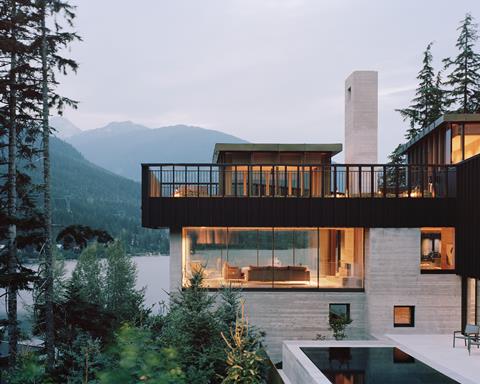
The house looks spectacular, jutting from the rock with concrete and timber elements. Yet the project sparked the most challenging audience question of the evening. Gort’s somewhat defensive response acknowledged that “today we certainly would” push sustainability further, showing how even thoughtful practices must constantly reassess past work.
No easy answers
Gort Scott make architecture that asks good questions without forcing answers. As Scott mentioned at the end: “After realising we essentially answered four questions and have not really given any definitive answers to any of them, this is probably a genuine reflection of the way that we work… we prefer to keep the big things and the big questions open-ended.”
This comfort with uncertainty makes their work honest. Architecture needs more practices willing to live with hard questions instead of pretending they know all the answers. Gort Scott’s emphasis on urban blocks, sustainability, contextual boldness and experiential settings reveals a rare practice, both pragmatic and questioning, both systematic and open to surprise.
Postscript
The discussion between Jay Gort, Fiona Scott and Ellis Woodman took place at the Barbican on 6 May 2025.
Oriana Fernandez is an architectural and urban designer, and a mentor on the RIBA’s Future Architects student mentoring scheme and the University of Westminster’s Future Ready Mentoring Programme. She also serves as the Acting Secretary of the RIBA North London Architects Group and juror for the annual RIBA London Student Awards.


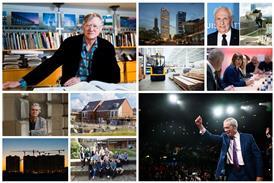
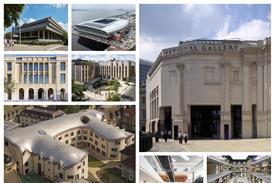

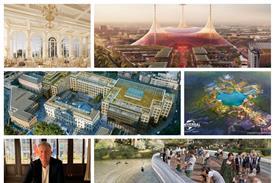



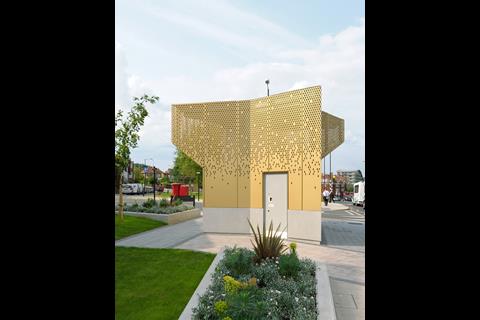
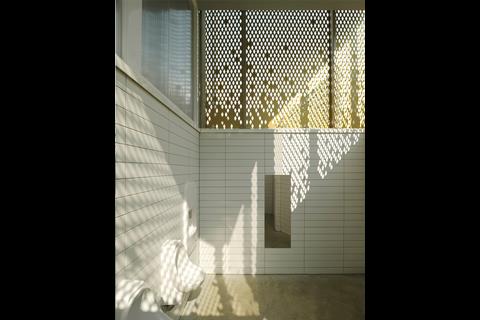
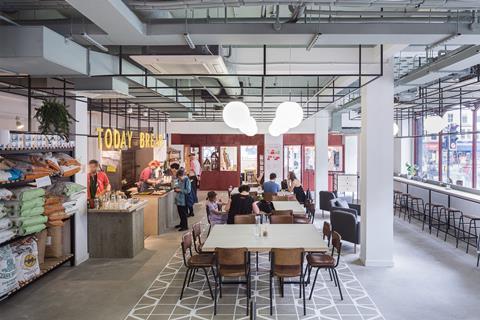
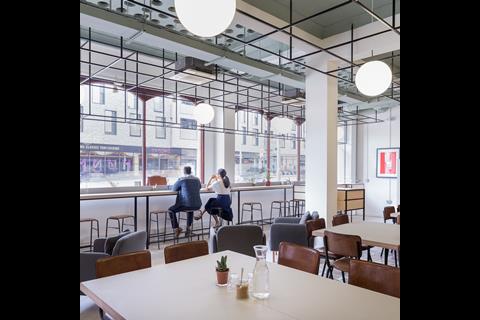
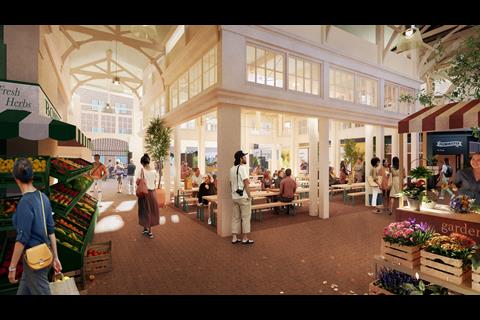
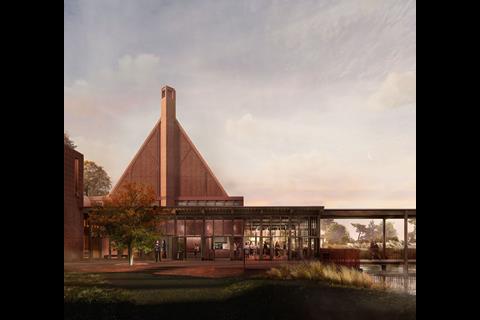
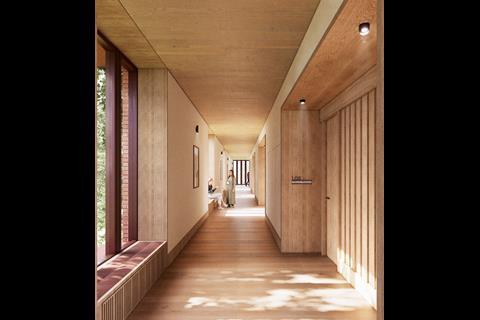







No comments yet